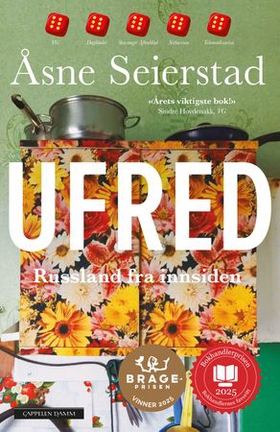
Madame de Stael ebok
The influence of the salons of Paris on the thought and culture of the eighteenth century would be difficult to overstate. They were both intellectual powerhouses and also assemblies where the latest and most extreme fashion was displayed.
'Young gallants...wearing silk waistcoats embroidered with Chinese pagodas, making love to ladies reclining negligently against the cushions...or accepting small cups of chocolate from the hands of Negro pages', thus Harold Nicolson describes the drawings of the time in his book "The Age of Reason". These meeting places for the vanguard of society were presided over by a succession of brilliantly clever women, the salonieres, and the most brilliant and clever of all of them was Madame de Stael.
Although she died at the age of 51 she filled her life to the brim, and enjoyed a hugely influential role among the great names of the day. Born Germaine Necker, in Paris on 22 April 1766, her father was a powerful banker and her mother a Swiss pastor's daughter who never got over her good fortune in marrying a rich man. In 1786 Germaine was married to a secretary in the Swedish embassy called de Stael, but although she thought him 'a perfect gentleman' she also found him dull and clumsy. She began to take lovers - the Vicomte de Narbonne and possibly Talleyrand - and then Benjamin Constant, in whom she at last met her intellectual equal.
In 1806 her novel "Delphine" was published. It was an instant success and praised by Goethe and Byron, among others. Her salon thronged with glittering visitors including The Tsar, Talleyrand,and Wellington. Maria Fairweather gives an entrancing account of this vanished world, so merciless to outsiders, but for those of the inner circle incomparably glamorous and exciting.






